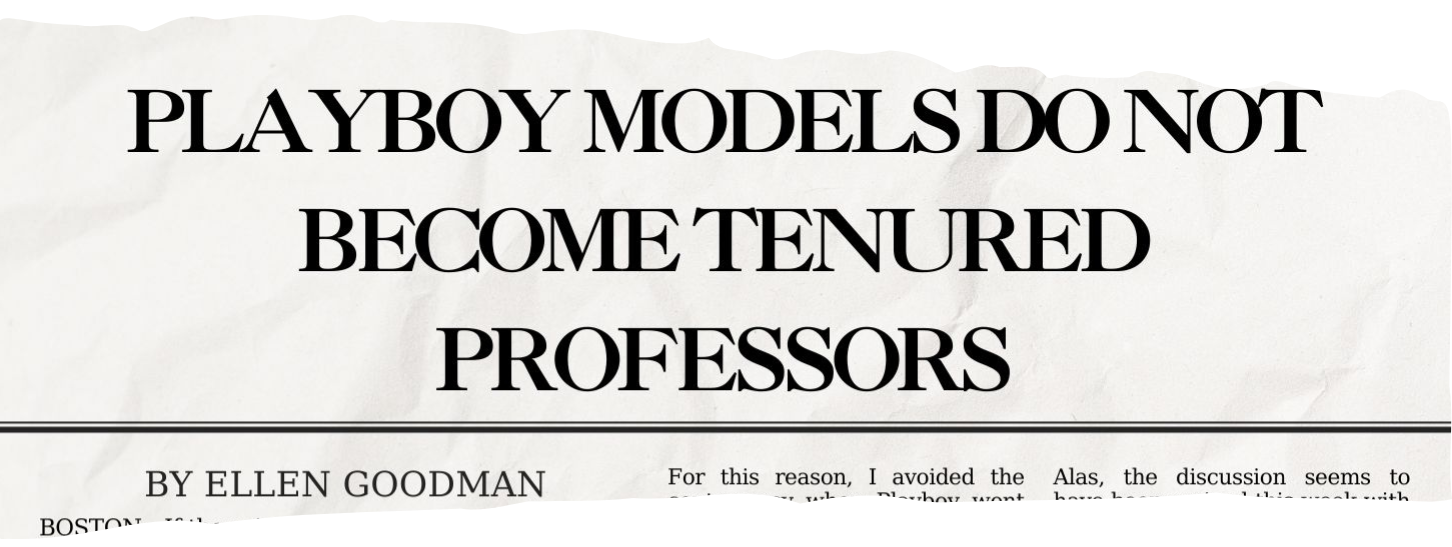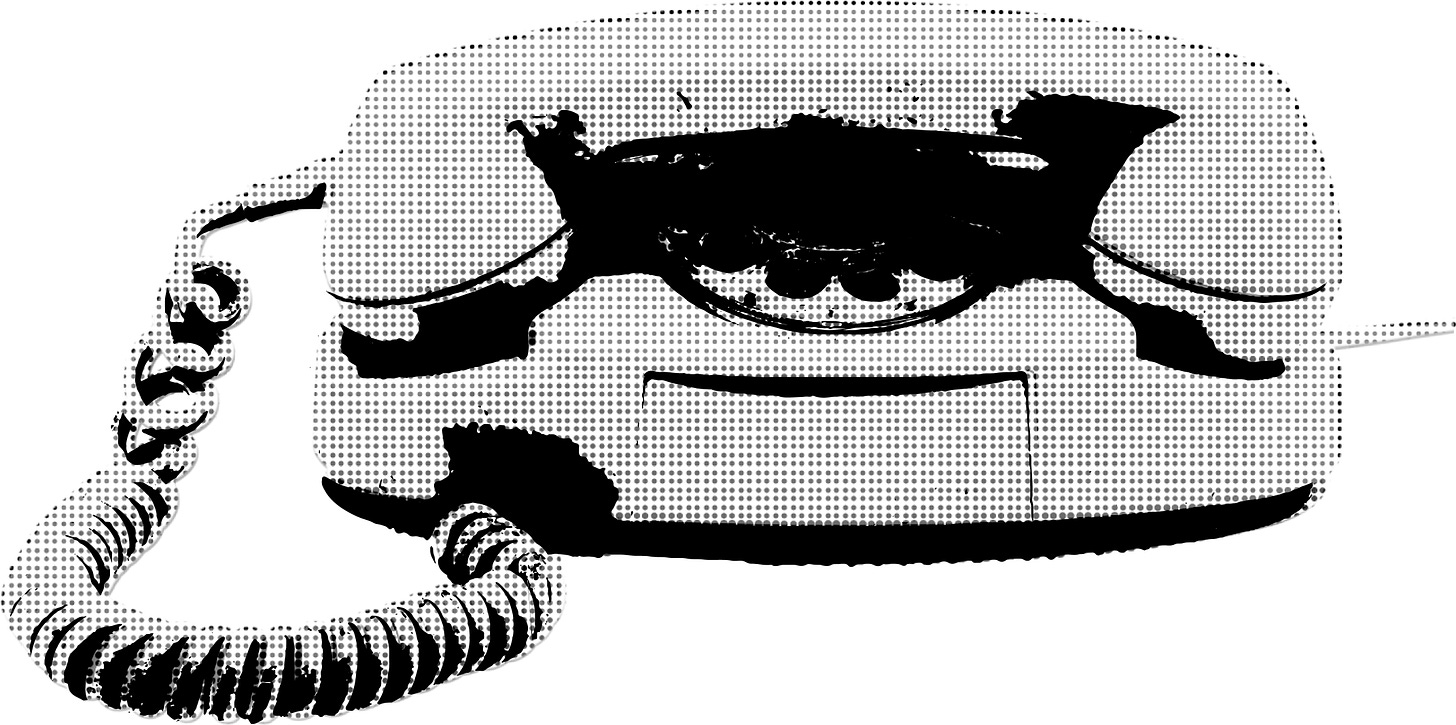This is a serialized longform essay about two pivotal issues of Playboy magazine in the late 1970s. Click here to read the introduction to the series; here to read the first issue about the 25th Anniversary issue; here to read previous installment about the protest against the Ivy League issue.
From the start, Playboy treated the Ivy League feature as a lark for its readers — the young women were offered standard modeling fees and nowhere near the thousands that centerfolds received. As at other schools, students hadn’t been lured with cash. The outsize media attention for the issue, though unexpected, was happily a boon for sales. Then David Chan went onto his next project, “Girls of the Southwest Conference.” There, he again encountered controversy. Seeking women in the bible belt caught the ire of Baylor President, Abner McCall and some news coverage, mostly because of the Administration’s overreaching.
Even with the president threatening to expel female students for posing and then firing three editors at the student paper for their negative editorials, there was nowhere near the depth and breadth of national reporting that the Ivy League protests received.
But if Playboy had moved on, feminists had not. After demonstrations lasting the course of nine months, the Ivy League issue’s eventual publication prompted even more commentary: the editorials. These were influential opinion pieces, including one by Pulitzer-Prize winning columnist Ellen Goodman who describes herself on her website as “a trailblazer and powerful voice for women [who] has spent most of her life chronicling social change and its impact on American life.” Over the course of thirty plus-years, she’s been recognized for both her journalism and her activism and she cites herself as having been “the most widely progressive columnist in the country.”
In March 1980, a piece written for Newsday that was itself syndicated bore the headline “When Ellen Goodman Speaks, People Listen.”
In August 1979, Ms. Goodman published her thoughts on the Ivy League issue in a column that was reprinted in newspapers across the country under a number of different titles. “Ivy-draped Playboy,” “Playboy and the Ivy League Women,” “Playboy Plays with Ivy Pedestal,” “Playboy Pinups Jeopardize Positions.” All these decades later, with the benefit of time and distance, “Pinups and Privilege” and “Ivy League Pin-Ups Imperil Privilege” are neck and neck as the most telling of the headlines.
While expressing her annoyance at many concerns raised by Playboy’s campus recruitment, including the eye-opener there were those who did not know the difference between Harvard College and the Harvard Extension School, Ms. Goodman made it clear from the start she wasn’t addressing either the feminist angle or any First Amendment concerns. Her column was centered solely on the privilege of those who went to elite schools like Princeton and Harvard and Yale. In her view, the “Women of the Ivy League” issue enabled readers to “bring down” those privileged young women. Bring down to what? Well, according to Ms. Goodman, “the espoused point of the Ivy Women spread was to show that stripped of their degrees and everything else, these women were the same as any others.”
Ms. Goodman doesn’t tell her readers what she meant by “the same as the others,” but she made it sound like it was not a good thing. It’s a statement that asks for reflection.
“…the same as any others.”
Ms. Goodman finishes her piece, letting it be known that the young women who’d made the choice to pose had done so at a cost. They had “blown it” and she thought it was “a shame” since women who appear in Playboy “do not get jobs in the State Department or become tenured professors. In the real world, women who pose in beige satin lingerie are not take seriously.”
They would not attain those positions simply because they’d become the wrong type of woman.
A few years before writing her opinion on the Ivy League issue, Ellen Goodman purchased the May 1976 copy of Playboy for the sole purpose of reading the infamous Jimmy Carter interview. Within the pages, she encountered not only the 39th president but also a typical pictorial and centerfold. Ms. Goodman commented at length, describing the young woman as, “suffering from terminal arousal” and “infatuated with a bedpost.”
Nowhere in her May 1976 column did Ms. Goodman consider the Playmate’s education or express the slightest concern for her career prospects and whether she may have jeopardized them. Those concerns were reserved for a particular cohort of women. Three years later, her opinion piece wasn’t about the moral issues she had with a young woman posing nude. It was her warning that in posing nude, Ivy League students would be no different than the models who normally pose in Playboy. That stigma could rub off on a young woman in the blink of an eye. That’s how cautionary tales work.
Not everyone failed to see through Ms. Goodman’s writing. A letter to the Boston Globe called out Ms. Goodman on a number of issues, including the implicit claim that “Ivy leaguers are somehow made of better stuff.” But Ellen Goodman had a stature that wasn’t easily dismissed and her editorial landed where she wanted it to.
In her essay, “Full Disclosure,” the Dartmouth graduate who’d posed for Playboy in 1979 recalled her mother sending a clipping from the Boston Globe and its forewarning she could no longer run for office. She said that at the time, it “gave her pause.” And she recalled it over forty years later. The article, seemingly Ms. Goodman’s, had had the desired effect.
Then there was Richard Cohen, a four-time Pulitzer Prize nominee, who wrote a syndicated column for The Washington Post. A lifelong friend of Nora Ephron, and author of the 2016 memoir, She Made Me Laugh: My Friend Nora Ephron, he could well be described as “feminist adjacent.”
Richard Cohen gave his opinion on the Ivy League issue a few weeks after Ms. Goodman, mincing no words. “When the girls of California do it (‘Debbie is a junior at Mendecino [sic] State studying psychology’) this creates no stir. When the girls of Harvard or Penn or Brown do it, this is news.” Richard Cohen, opined that the shock value of the Ivy League issue was because “Women who pose in the nude aren’t supposed to be smart…”
Instead of questioning where that belief came from, he went on to share his thoughts that the Ivy League students who’d posed for Playboy had been used by the magazine. These young women were, in his words “perceived as different.” Or rather they would have been different. But they’d been coopted by Playboy to show that “underneath they are all alike.”
The words “elite” and “privilege” weren’t specifically in his opinion, but like Ms. Goodman’s writing, they permeate throughout.
Ms. Goodman and Mr. Cohen weren’t forging new ground with their commentary. They were simply repeating the narrative for girls and young women who step over the line. Sexualized women had always paid a price in the culture. Frequently the preferred target in slasher movies. In real life, women who dared to be sexualized weren’t actually stabbed but were the objects of verbal aggression.
In May 1978, John Keasler, a popular and respected columnist from The Miami News (and for whom a memorial scholarship in print journalism exists at the University of Miami), met with a Playmate in Florida for a publicity appearance. Finding her conversational, he wrote, “Most beauty queens and/or nudie-cuties I’ve encountered for in-depth interviews in the past tend to shriek ‘Oh, wow!’ a lot, and keep a notebook handy to remember if it’s the red or green light you cross the street on.”
Interviewing another Playmate in January 1983, she responded to his question on feminism with her thoughts. “[L]iberation means just that – the right to be a housewife or a career woman or a centerfold in Playboy or whatever your own values dictate.” To that, Mr. Keasler wrote that the young woman, “talks good and knows deep things.”
Of the twelve 1979 centerfolds, one woman was a Phi Beta Kappa graduate at the time she posed who went on to obtain a law degree and then became a best-selling author on parenting. Another woman obtained her master’s degree and served in the health care industry for over thirty-five years. Still another was the valedictorian of her high school senior class and is now a collector of rare books. There was no limit on the potential for any of the women who posed. There was just judgment.
Recruiting a few models from Harvard and Yale might not have seemed the likely nexus for issues of a free press, a woman’s agency, and traditional imagery of the female body to become so entwined, but that was exactly where they met.
An exploration of those complexities was nowhere to be found in the think pieces offered up. Instead, they focused solely on a stereotype.
That worn stereotype was perilously close to being upended. The claim that Playmates needed help crossing the street couldn’t hold once young women with the Ivy League brand posed nude. The Ivy League being the code-word not just for upward mobility but also academic rigor. When women from Harvard pose in Playboy, can you ever label centerfolds as mindless again? And if not, who might that impact?
As of 1979, the group who was benefiting most from having Playmates deemed mindless, ensuring their opinions would never be heard, were the second wave feminists for whom a hatred of Hugh Hefner and his magazine was an essential dictum.
Let’s end here, noting that both the Ellen Goodman and Richard Cohen columns were published after the September issue was on the newsstands so their message wasn’t to the young women who’d already posed. This was taking aim at potential recalcitrants waiting in the pipeline. Those freshman at Harvard who might be seeing Playboy in a different light, possibly looking to follow a trend. The editorials were impeccably timed.
Continue Reading
Click here to read the next issue in this series, about the women who tested the limits of what was permissible in the late 1970s.
Episode Notes
This Week’s Recommended Reading
Whose voices do we listen to? And which women do we see?
On July 16, 1969, then-Senator Edward Kennedy left a summer party somewhere near midnight. Meaning to drive off the island of Chappaquiddick and back to his hotel, he’d been forced to navigate a narrow bridge with no guard rails. The only passenger with him was a young woman named Mary Jo Kopechne. She had been an aide to his late brother, Robert F. Kennedy. When the car careened off the bridge and into the water, Senator Kennedy was fortunate to make his escape. Ms. Kopechne drowned. Her death, and the circumstances surrounding it (including the more than ten hours it took for Senator Kennedy to notify the authorities), is still referred to as “the Chappaquiddick incident.” That is the title on the Wikipedia page.
“Mary Jo Kopechne’s Family Speaks Out About Her Legacy Beyond Chappaquiddick”
This Week’s Music
"Free Money" by Patti Smith (on Amazon Music and Spotify)
Just One More Thing
All questions and comments welcome, but here’s a thought. Without the protests, would there have been controversy for the opinion columnists to write about?










interesting and timely peice, It also feeds into the discourse of current politics and it seems to be the beginning of what we see as an elitist control of the narrative.
To your last question, yes, there would have been controversy because still there is controversy about whether pornography “empowers” women or exploits women for male pleasure. It’s still controversial if/when/how free sexual choice for women becomes pornographic sexualization that no women can opt out of, regardless of academic accomplishment.